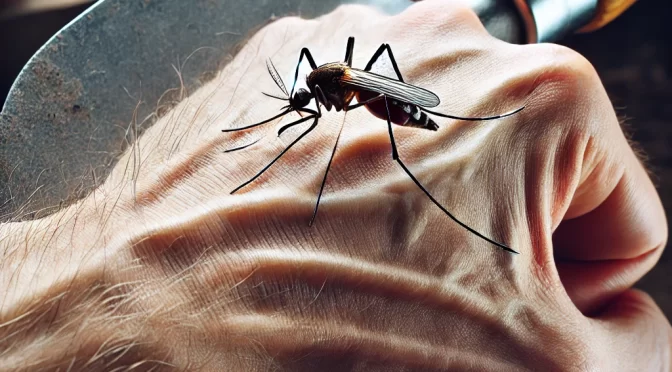It is mid-August and both people & plants are enduring sweltering humid days. Hibiscus are tropical plants, used to humidity but not all-day direct sun & alternating dry/wet soil.
Try to provide shade from noon to early evening, Trees, taller shrubs, trellis, shade cloth, whatever it takes. Hibiscus do not tolerate 100F days in all-day direct sun.
Water regularly, try to avoid soils moisture bouncing back and forth to extremes. Slightly damp is all the plants need, but it needs to be consistent. In other words, just flooding the garden once a week and then letting it dry out.. is bad!
Mulch heavily. That helps keep the soil cool and retails moisture. If you see mildew or fungus on the mulch, stir it up with a rake. In case of major fungus infestations, use fungicides or replace the mulch.
Air! We all want more hibiscus plants and keep adding to our collections. Then the plants grow. Pretty soon, they are all jammed together. When planting, leave plenty of room for plants to grow & spread, then prune to keep adjacent plants from intermingling their branches. This spacing allows air circulation and really cuts back on the spread of insects or fungus infections.
Look after yourself also, wear a hat & cool clothes, drink plenty of water, take regular breaks. Although it might seem obvious, avoid heavy gardening work in the hot parts of the day.

